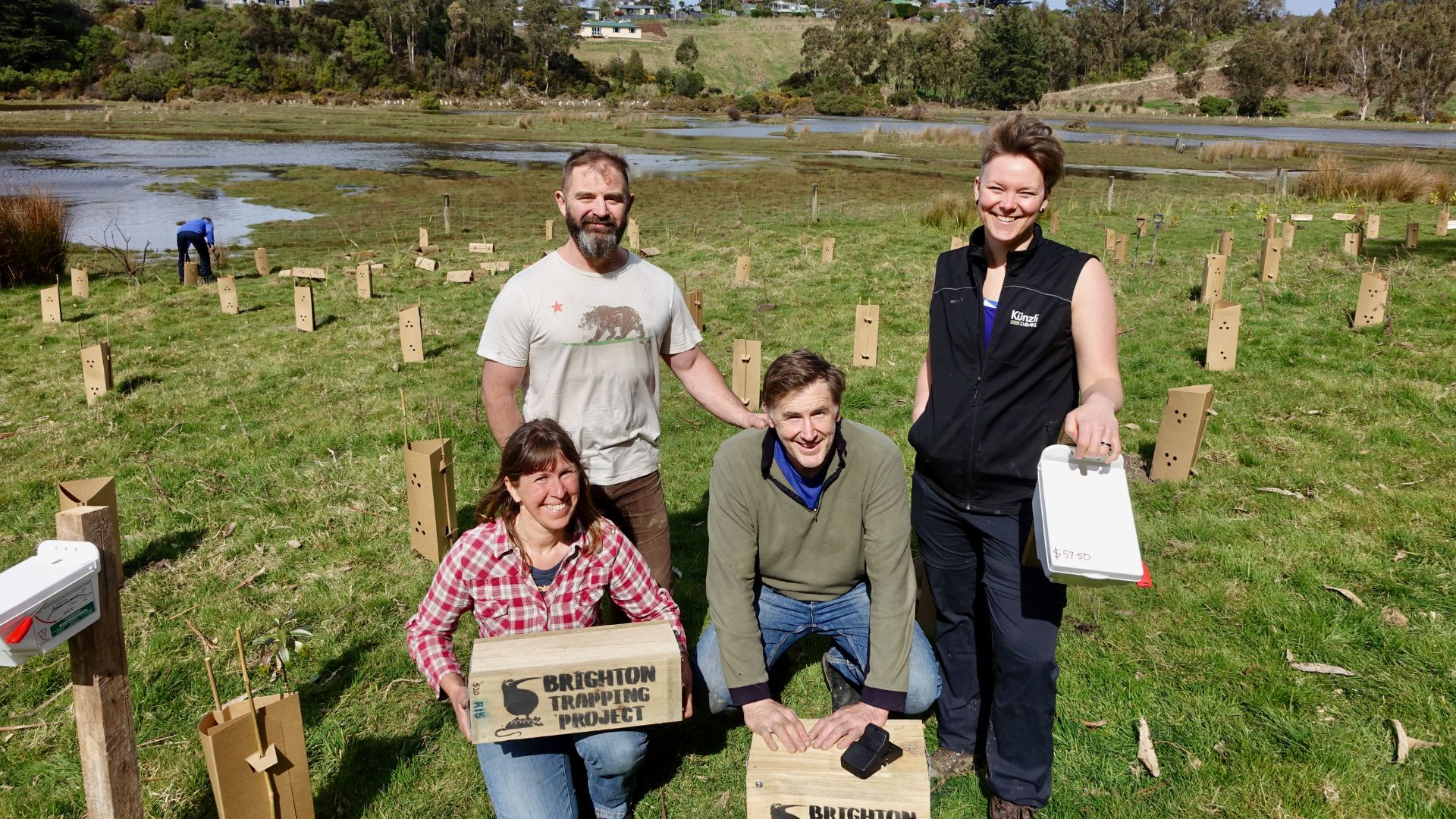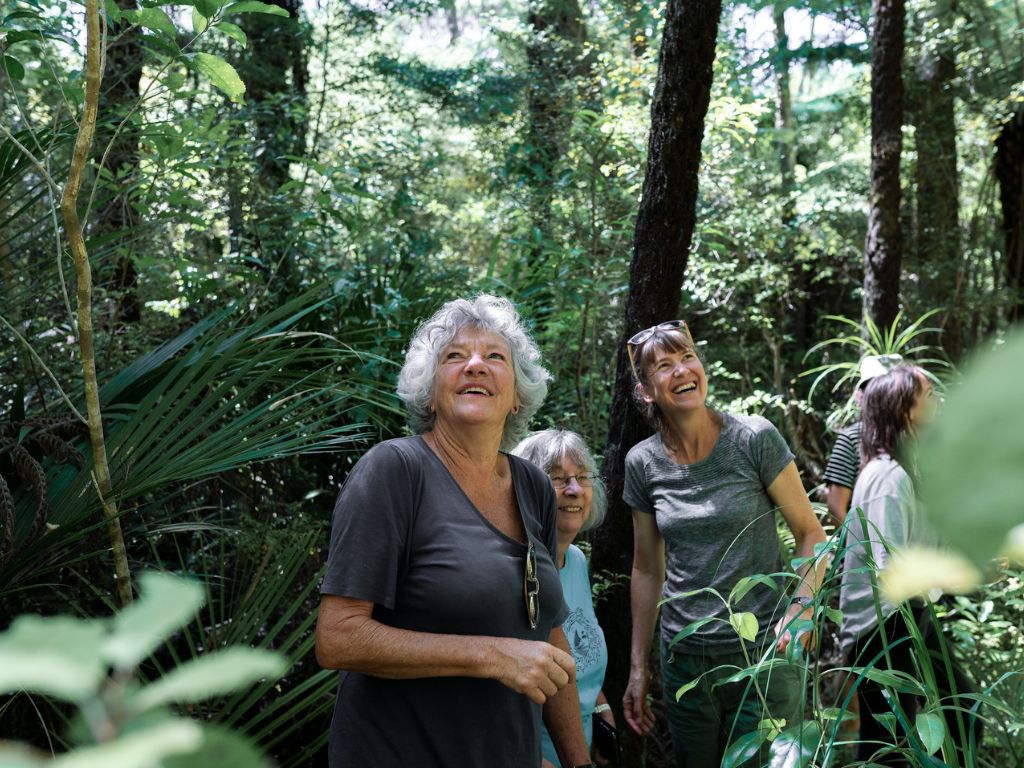Research reveals participating in conservation community groups doesn’t just give back to nature; it gives back to you and your community.

University of Auckland researchers Rosie Gerolemou, James Russell and Margaret Stanley conducted a study in Auckland delving into the dynamic between community group participation and social capital. They measured differences in self-identified social capital among conservation group members, members of other groups such as sports and education, and people without community group affiliations.
The research, available in the Conservation Science and Practice journal, found members of conservation groups had increased scores for family and friend connections, neighbourhood connections, feelings of trust and value of life.
Social capital isn’t just a buzzword; it’s the secret sauce that creates stronger communities, fosters mental well-being and combats loneliness.
What is social capital?
While the researchers stated there was no consensus definition for social capital, it can “broadly be explained as the connections among people and the collective positive outcomes this enables.”
Imagine it as a kind of ‘currency’ comprised of relationships and goodwill. Just like money helps you do things, social capital can help positive things get done by tapping into the support of friends, family, and neighbours. It binds communities and neighbourhoods together, enabling them to weather storms – both literal and metaphorical.
By surveying more than 1,000 Aucklanders, they confirmed (not surprisingly) that people involved in community groups have higher social capital than those who aren’t. However, they found out (surprisingly) that conservation community group members had the highest levels.
“We asked participants about pest management on their property, specific involvement with any community groups (conservation, cultural, educational, hobby, sports, religious), how connected they felt to nature and their community, and demographic questions,” the study states.
Models were used to analyse the impact of different community group memberships on social capital scores. Participants were also asked to list words related to participating in pest control, which were quantitatively analysed.

Solo pest trappers not left behind
Although not part of community groups, participants who managed pests independently on their property still had higher mean social capital scores for some factors than participants without pro-environmental behaviour.
The study explains, “…if they believe their actions contribute to a broader shared goal, they may still get positive individual social capital benefits, such as mental well-being and feeling valued.”
After all, Predator Free 2050 is a national goal, and nature is linked to New Zealand’s national identity.
The research was funded by Auckland Council’s Natural Environment Targeted Rate.

